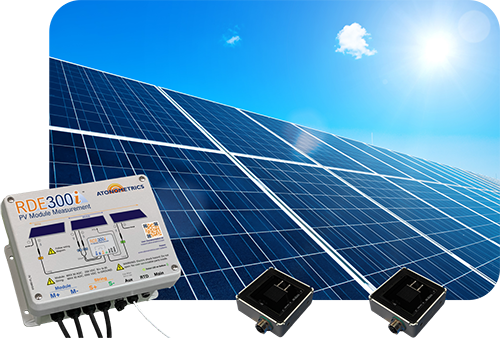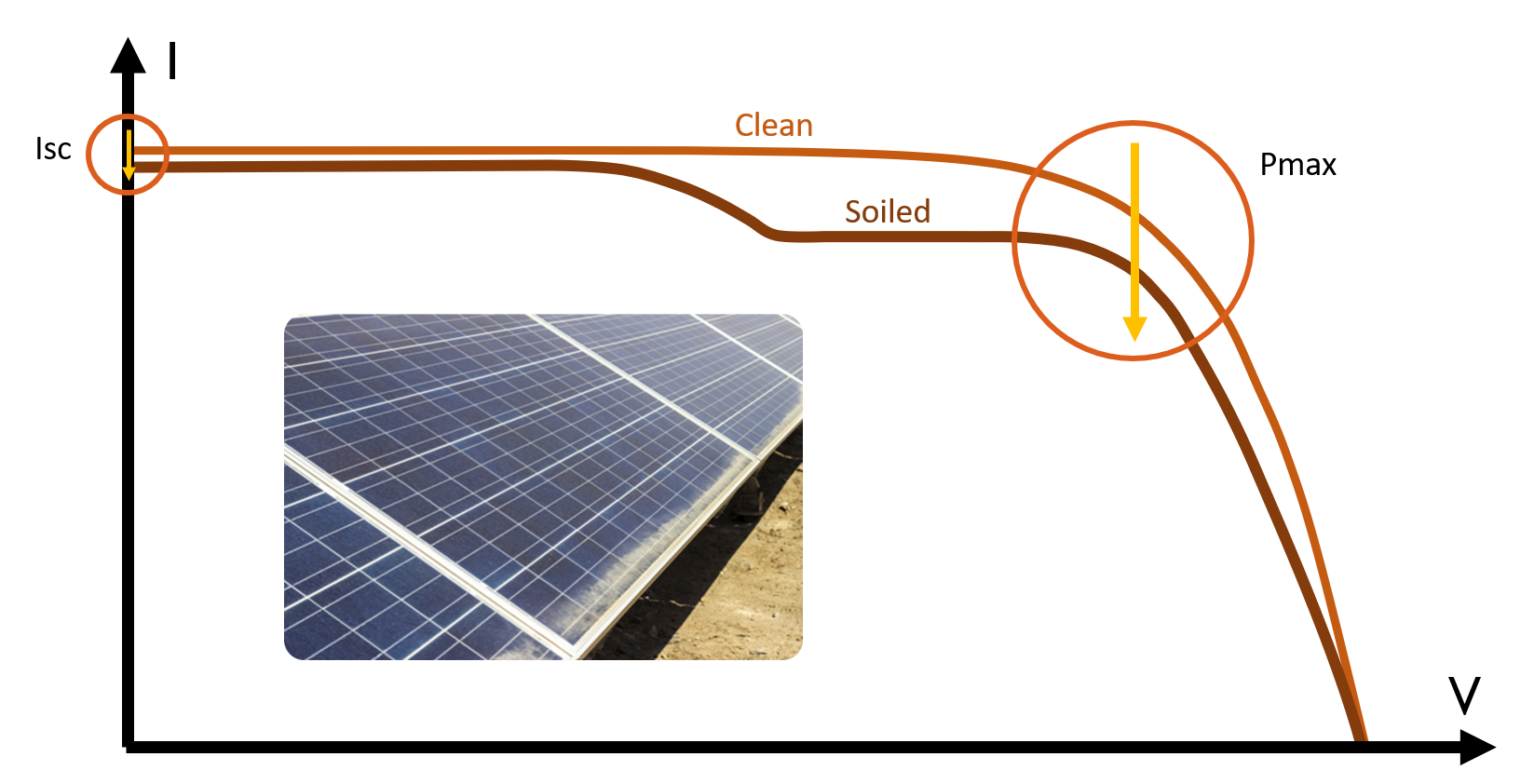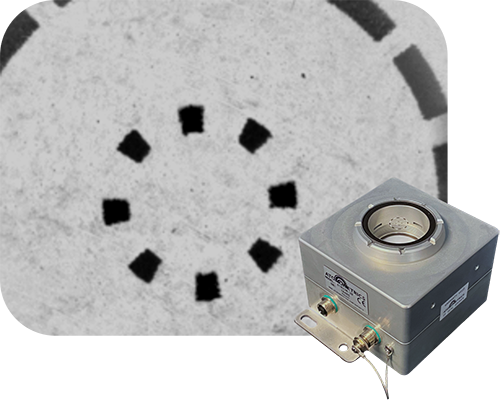How to Measure Soiling: PV Reference Device or Optical?
Soiling losses at PV power plants can have significant impacts on energy production. To quantify these losses, many developers specify the inclusion of soiling measurement as part of their overall monitoring system, especially in large commercial and utility-scale projects.
A common soiling measurement method in the PV industry has been comparing the output of a soiled reference device to that of a clean reference device. However, there are many ways to implement this concept, and deployed stations range in sophistication. At the same time, recently developed optical technology allows measuring soiling with a compact sensor that eliminates the need for washing.
What are the differences between these approaches?
PV Reference Device Soiling Measurement
For the engineer specifying a PV reference device soiling system, there are many options to consider, including what types of PV devices the system will use, what electrical parameters to measure, and how to implement the routine washing of the clean device. Each of these questions has different answers depending on budget, site conditions, and objectives.
Reference Device: Module or Cell
Both the soiled reference device and clean reference device can be either a complete module or a reference cell, such as our RC22 Reference Cell. In order to capture the output of the reference module, you must connect instrumentation to your panel. This can now be done with any module at your plant, rather than a dedicated standalone module, with our RDE300i PV Module Measurement System.
For reference device soiling measurement, there are three combinations to choose from: module-module, cell-module, and cell-cell. Each combination has advantages with respect to accuracy, required maintenance, and system cost.

Power vs Current Measurements

Soiling measurement configurations that include PV module IV measurement benefit by capturing the real power output rather than short-circuit current alone. This increases the accuracy of the soiling measurement when there is non-uniformity in soiling deposition across the module.
The mechanism for collecting the power parameter is through an IV curve which traces the current and voltage across a load from open to closed circuit. The point at which the product of voltage and current is maximized is called maximum power, or Pmax. Our RDE300i provides unmatched capability for automatic measurements of IV parameters on modules in PV power plants.
Optical Soiling Measurement
Optical soiling measurement is an alternative approach that provides soiling data with a compact sensor without maintaining a clean reference surface.
Our Mars Optical Soiling Sensor measures the accumulation of soiling particles by using an internal camera to capture an image of microscopic dust on the sensor’s soiling window and then automatically assesses how much light the dust blocks. This technology enables the Mars device to be passive, maintenance-free, and easy to install.
Furthermore, the unique Mars camera system measures light transmission loss irrespective of dust color – unlike other optical soiling technologies, and therefore does not need local site calibration.

What’s right for you?
Both PV reference device and optical soiling systems have advantages and disadvantages. PV reference device-based systems capture highly accurate electrical data but require more site infrastructure whereas optical systems require less infrastructure and maintenance but do not measure direct module activity. Please visit the Atonometrics Soiling Product Guide to view a side-by-side comparison of our products.
